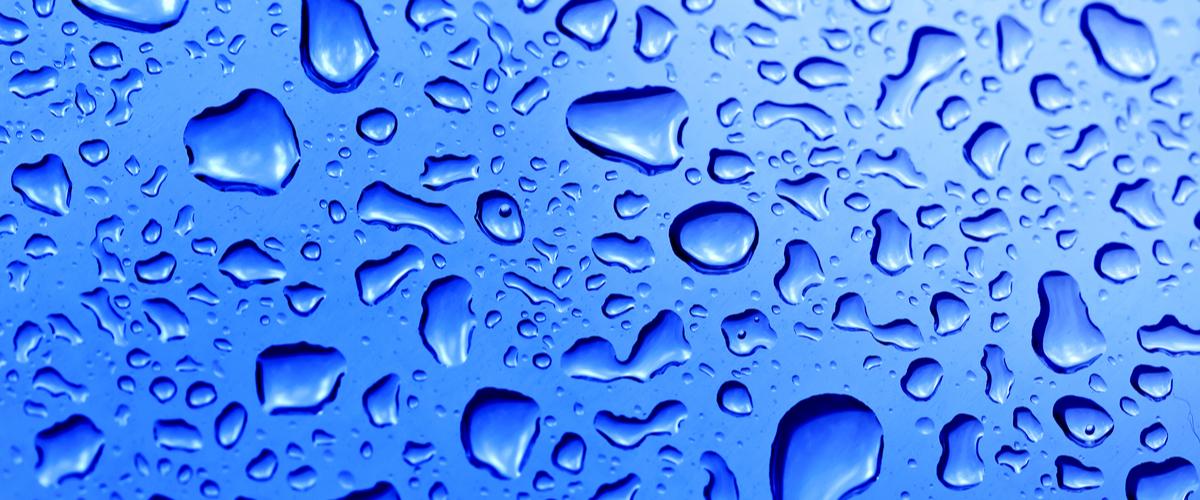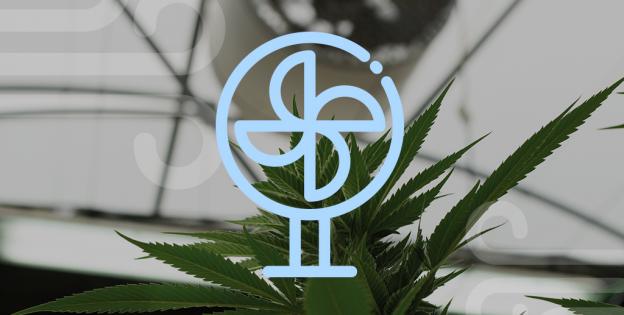- Climate is key to cannabis growing.
- In this post we analyse the importance of relative air humidity at every growing stage.
- We’ll define the ideal hygrometric level for each phase so you can correctly manage this parameter in your grow.

What is relative air humidity?
In order to start growing in the best possible conditions, it is adamant to understand the meaning of this technical term. Relative air humidity levels give us information on the concentration of water vapour in the air.

It is important to realise that air humidity is closely connected to air temperature, as hot air is more humid than cold air.
That's why an air conditioning unit dehumidifies and cools the air at the same time.
When air humidity levels come close to 100%, the air is not capable of retaining the excess moisture, which leads to condensation in the shape of small droplets of fog, morning dew, or rain.
For instance, if the temperature of your grow space is 30ºC, with a relative humidity of around 33-35%, and the temperature suddenly plummets to 10-12ºC, the humidity level can quickly reach 100%.
This can become a critical situation at the end of the flowering period if the 'dew point' is reached. This is a parameter that reflects the cannabis flowers' humidity level. Bad management of the relative humidity levels of your grow space, caused by abrupt temperature variations, could lead to the appearance of mould in your buds.
So what is the most favourable humidity level for each growing stage?
Here we show you the ideal humidity levels for every growing phase of your cannabis grow.
Germination / beginning of the cuttings' rooting period
It is really important to maintain a relative humidity of 80-90% in your mini greenhouse during this phase. This applies to seeds that have just sprouted and also to young seedlings (0-10 days old). These still don't have a strong radicular system and are therefore pretty fragile.
They require high moisture levels so they can concentrate all their resources on the development of a strong and vigorous root mass. The correct day temperature should be 25-26ºC, and 21-22ºC at night.
Young seedlings and 10-day-old clones
At this point, the required hygrometric conditions should range between 70 and 80%, with similar temperatures to those in the initial stage.
The moisture level for this phase needs to be quite high as the root mass is not very vigorous and actually non-existant in the case of the young seedlings. That's why it's necessary to point all technical parameters towards this objective.
It is essential to maintain the correct relative humidity as cuttings will start to develop their first roots between 12 and 20 days after having been planted in the growing medium. This is a crucial point for the appropriate evolution of these young plants.
Growing phase
At this stage the young seedlings, derived from seeds or cuttings, will have developed a radicular mass that is significant enough for them to feed through and therefore reach their maximum potential before being transplanted to a new pot for further development.

Establishing new climate conditions at this stage is vital as the aim is to achieve a reasonably high humidity level, but slightly lower than at the beginning. A good balance should range between 60 and 70%.
Temperatures must be kept between 22-28ºC during the day and 18-22ºC at night. These conditions guarantee the plants' well-being and facilitate good metabolic function, as well as overall optimum development.
At this point, the radicular system is strong enough for the plant to absorb a higher amount of nutrients and develop a much more resistant immune system.
Early flowering
At the start of the flowering period, when the 'stretching' or the final growth boost occurs, plants need specific climate conditions for this transitional phase.
As this is still a transition period in which plants progressively end the veg phase, the humidity level needs to be set at 50-60%. It is also essential that the temperature remains between 20-26ºC both day and night.
This prevents thermal shock and guarantees that plants will be ready to produce those delicious flowers. It is vital that their well-being is taken care of so they can concentrate all their resources on their final objective: quality and quantity. These measures are valid for the first 3 to 4 weeks of flowering, depending on the strain.
Late flowering

In the second part of the flowering phase the humidity level must be reduced to 40-50%. In the two to three final weeks it's preferable for this figure to be closer to 40%.
This is absolutely essential, particularly if you're growing strains that are sensitive to mould or that produce dense flowers.
If you follow our guidelines, chances of botrytis hitting your flowers will be slim. As far as temperature goes, we advise you to stick to 18-24ºC during the day and 17-20ºC at night.
This way you'll be able to control your flowers' dew point, which is crucial in order to prevent fungi and avoid ruining all your hard work.




Comments from our readers
Read comments in other languages:
Did you like this post?
Your opinion about our seeds is very important to us and can help other users a lot (your email address won't be made public).